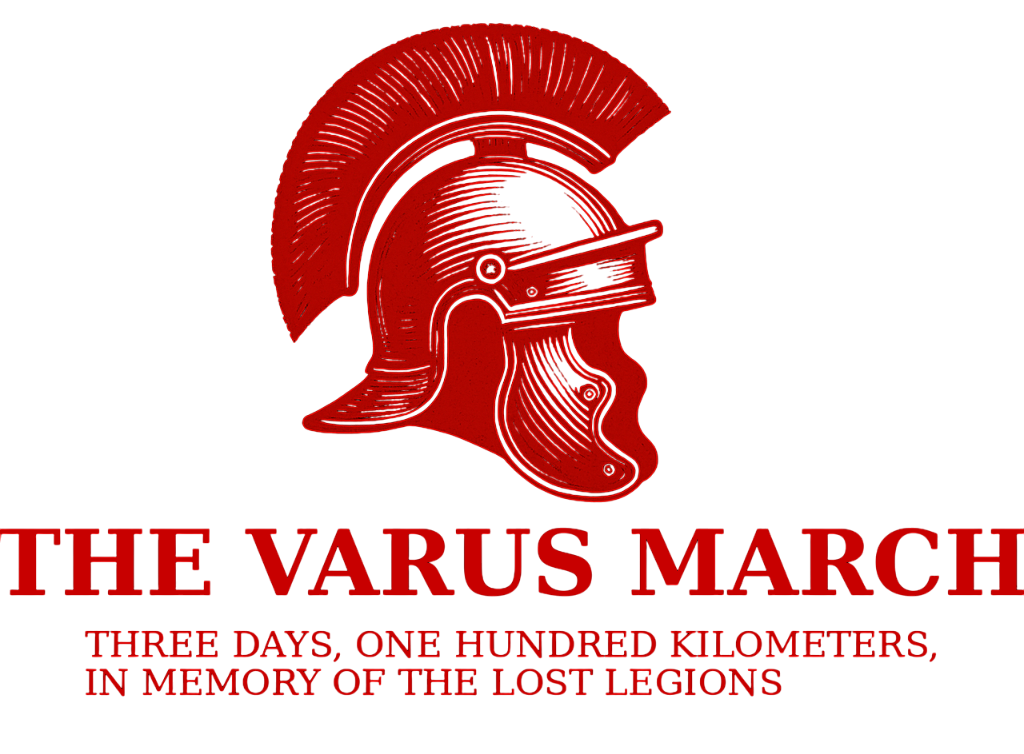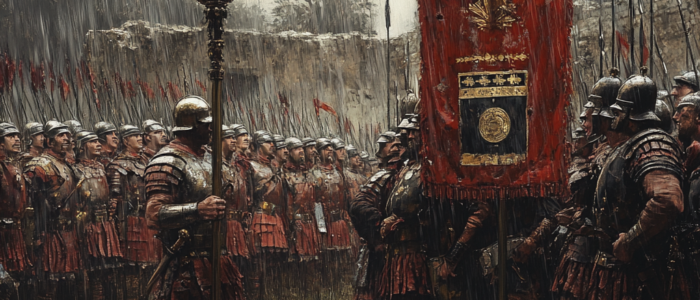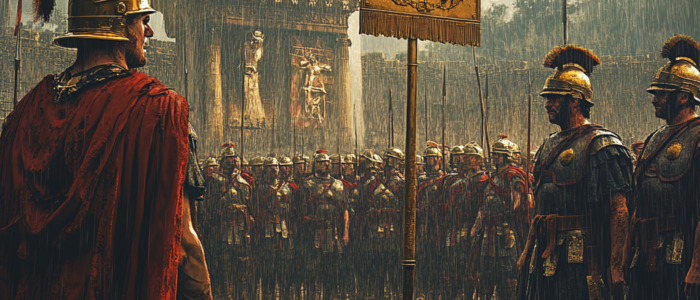The Significance of the Aquila
In the Roman army, the Aquila (eagle standard) was more than a military emblem. It represented the spirit, honor and unity of a legion. Each legion had a single Aquila, carried by an elite officer known as the aquilifer. Losing the eagle in battle was considered a profound disgrace, both for the legion and the state. Its capture symbolized the destruction of the legion’s identity.
At the Battle of the Teutoburg Forest in 9 AD, Rome lost not only three entire legions; XVII, XVIII and XIX but also their three Aquilae. These were taken by the Germanic tribes after the catastrophic ambush and became potent symbols of Roman defeat.
Recovery Efforts
The recovery of the lost eagles became a political and symbolic priority for the Roman state. Although Augustus was devastated by the loss of the legions, he and his successors made it clear that the return of the Aquilae would serve as a partial restoration of Roman dignity.
Between 14 and 16 AD, the Roman general Germanicus led multiple campaigns across the Rhine into Germania. These were intended both to punish the tribes involved in the ambush and to reclaim the lost standards.
First Recovery
In 15 AD, Germanicus defeated Arminius and his allies in a series of engagements. During this campaign, he recovered the eagle of the XIX Legion, reportedly taken from the battlefield site.
Second Recovery
Later in the same year or possibly the next, Germanicus secured the Aquila of the Legion XVII, though details of this recovery are less precisely recorded. It may have been recovered during further operations in the region of the Bructeri or the Marsi.
Final Recovery
The final eagle, believed to belong to Legion XVIII, was not recovered until decades later. According to Cassius Dio, this standard was found during the reign of Emperor Claudius, possibly around 41 AD, when the praetorian prefect Publius Gabinius recovered it in a diplomatic or military operation in Germania.
With this, all three Aquilae were eventually returned to Roman hands.
Return to Rome
The recovered eagles were brought back to Rome and placed in the Temple of Mars Ultor (“Mars the Avenger”), which had been dedicated by Augustus to commemorate the recovery of earlier lost standards from Parthia.
The return of the Teutoburg eagles was framed as a moral and symbolic restoration, an act of imperial vengeance and dignity, even though the legions themselves were never reformed.
Legacy
The fact that the numbers XVII, XVIII and XIX were never reused in the Roman legionary system shows the depth of the trauma caused by their destruction.
The recovery of the eagles did not erase the memory of defeat. Instead, it reinforced the seriousness with which Rome viewed symbols of loyalty and identity.
The campaigns of Germanicus were commemorated not just for their military results, but for this deeply symbolic act of reclaiming what had been lost.




